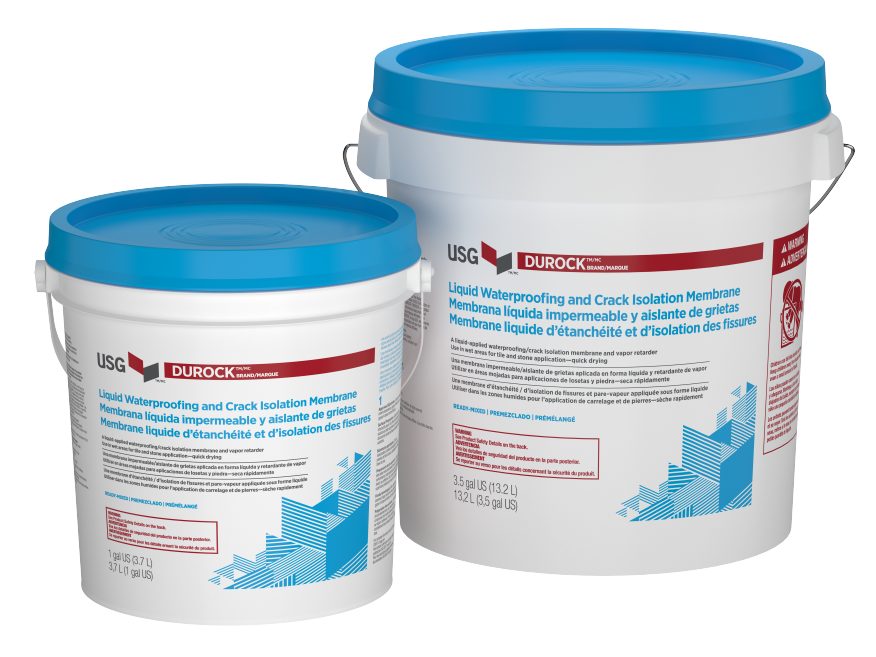It is a very cost-effective easy to apply and long-lasting alternative to sealants, coatings and caulking. However, their simple nature doesn’t protect them from failures resulting from inadequate application.
Surface preparation is essential in maximizing adhesive bond durability of tapes for waterproofing. This helps prevent issues such as peeling and delamination.
Application
The waterproof tapes create a shield that blocks moisture from penetrating into the material used for construction. They can also help protect against mold, rot and rust. The use of waterproof tapes is often in conjunction with other waterproofing materials to ensure long-lasting durability.
If you are applying a waterproof tape you must follow the directions for a secure connection. The application of the tape smooth and evenly is vital. Water can seep in through a spot where there are wrinkles, bubbles or wrinkles. It can result in damages to the surface, and result in further damage.
While applying tapes, is essential to take into consideration the temperatures of application. The adhesive could get less sticky and soft in high temperatures. This can affect the strength. The result could be an absence of adhesion the substrate. In the event of low temperatures, contrary, could result in a weak wetting of the substrate with the adhesive. This may lead to a weaker bond.
Step-by-Step
In a myriad of ways they can serve as a great alternative to sealants and caulk. These tapes are quick to use, cost-effective as well as provide a great protection against water. This can help to shield surfaces from rust.
To apply waterproof tape, first cut the adhesive tape to lengths you desire and leave a little overhang on both ends for greater coverage. Remove the backing, revealing the tape’s sticky surface. Remove the wrinkles and uneven surfaces in order to get a good bond.
You can use a platen or hand-held roller for applying tape to surfaces that are poor or filthy. The pressure of a couple of psi is sufficient to achieve satisfactory surface contact. Take care not to use too much pressure as this may decrease the strength of the adhesive. The waterproof tape can be utilized on a variety of indoor and outdoor projects that include patching leaks insulation or wrapping pipe lagging, sealing curving walls, glazing bars and shielding above-ground metal against rust.
Surface preparation
Check that the surfaces that will be taped are dry, clear of foreign material. Before applying tape, it’s recommended to apply a thin coating of adhesive promoter on the two surfaces.
The preparation of surfaces are essential in ensuring the adhesive will last. The majority of problems can be attributed to dirty or contaminated surfaces. Making use of a solvent like an isopropyl alcohol solution (70 70% IPA, and 30% water) for the removal of dust, dirt, fingerprints or smudges will dramatically increase the bonding strength and durability of tape. If there is a lot of oil on the surface the use of degreaser or acetone may need to be used.
To provide an adhesive surface that is porous and flexible, materials such as wood, particleboard and fibers should be properly sealed. This is accomplished through roughening the surface by using a wirebrush or sandpaper. Also, it will increase the force of the adhesive.
What is the best way to use
Waterproof tapes are easy to apply and require no equipment than sealants, caulking and mastics, or coating products. Also, they are quicker and more affordable to install. Their simplicity, however, cannot protect them from failures that result due to poor installation techniques.
To mitigate these problems, always clean surfaces before applying tapes of any kind. Lint, dirt, and wet paints, plasters and other materials can increase the likelihood of tape failure because of extra adhesion. Clear areas at least two to four inches beyond the repair area.
An oily spritz can be used to remove tape residue. Apply a dishwashing or cleaning oil to moisten a sponge and then buff off any residue from the tape. The oil softens the adhesive layer, making them easier to get rid of. If you’re not able to find any oil, then try using rubbing bang keo va ong nuoc alcohol. This can be used on glass and metal surfaces since it is not a stain and quickly evaporates.

Leave a Reply